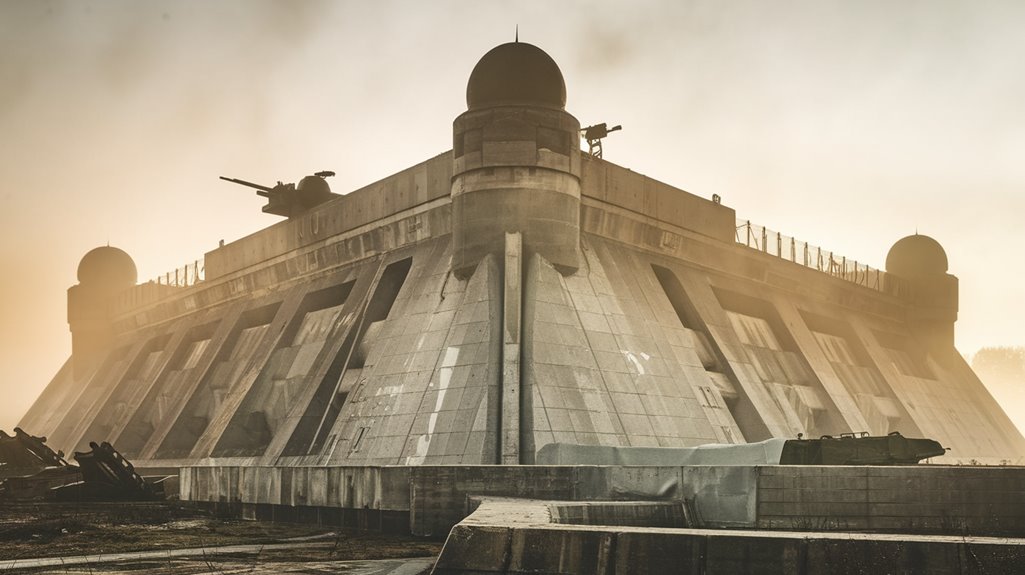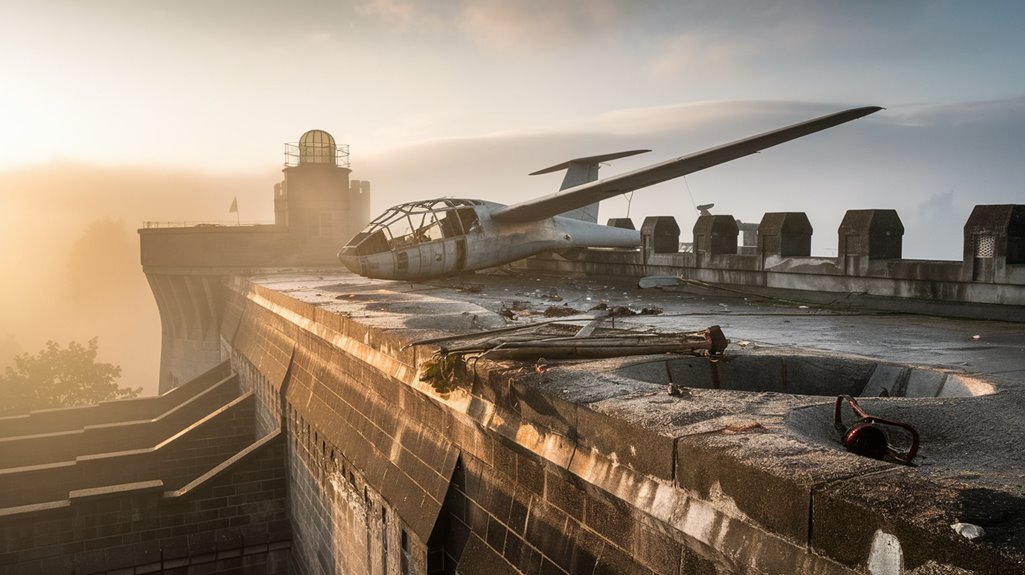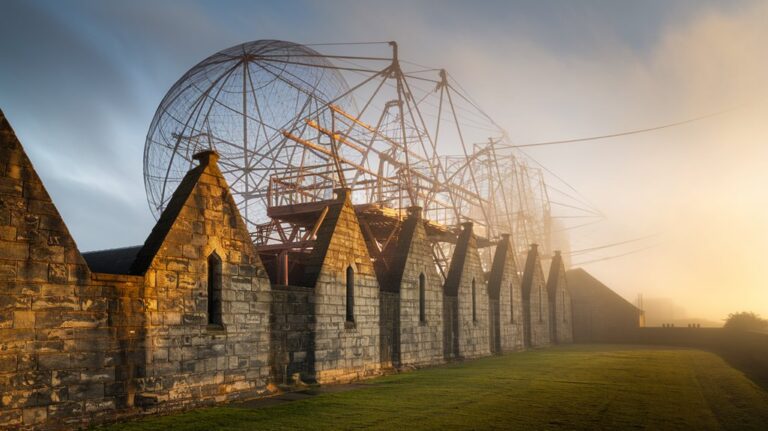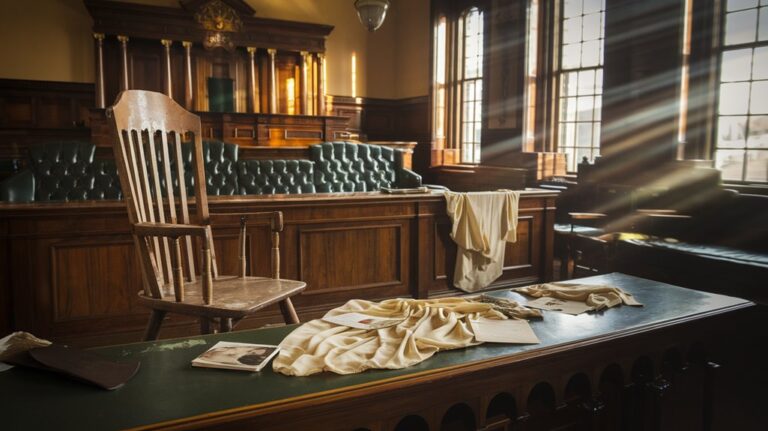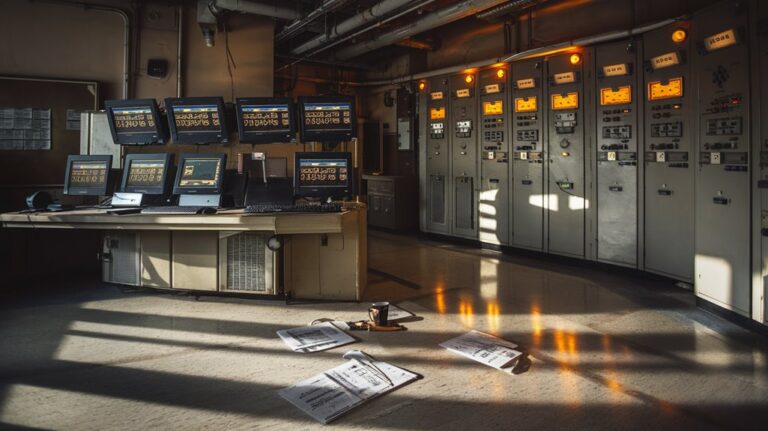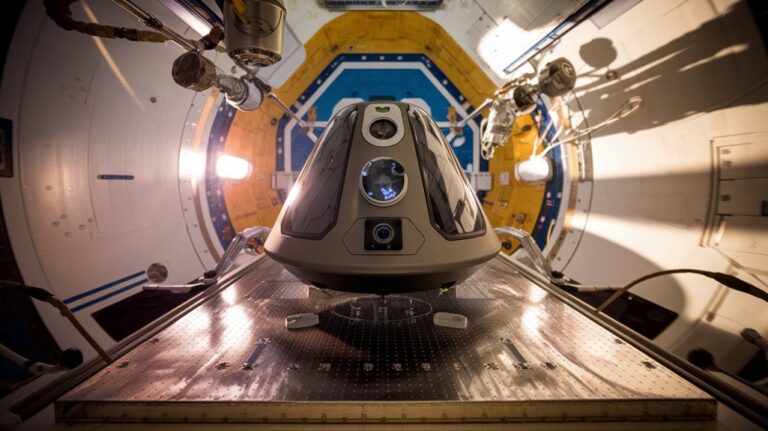Fortress Fallen in 20 Minutes: Eben-Emael’s Stunning Defeat
You've likely heard tales of impregnable fortresses throughout history, but Fort Eben-Emael's fall stands apart in its shocking brevity. In just 20 minutes, what Belgium considered its crown jewel of defense crumbled before an innovative German assault. While the fort's massive guns and thick walls should have guaranteed months of resistance, a handful of paratroopers armed with revolutionary tactics proved that no fortress is truly unconquerable. The story of how it happened will change your view of military innovation forever.
The Impenetrable Giant: Inside Belgium's Mega-Fort
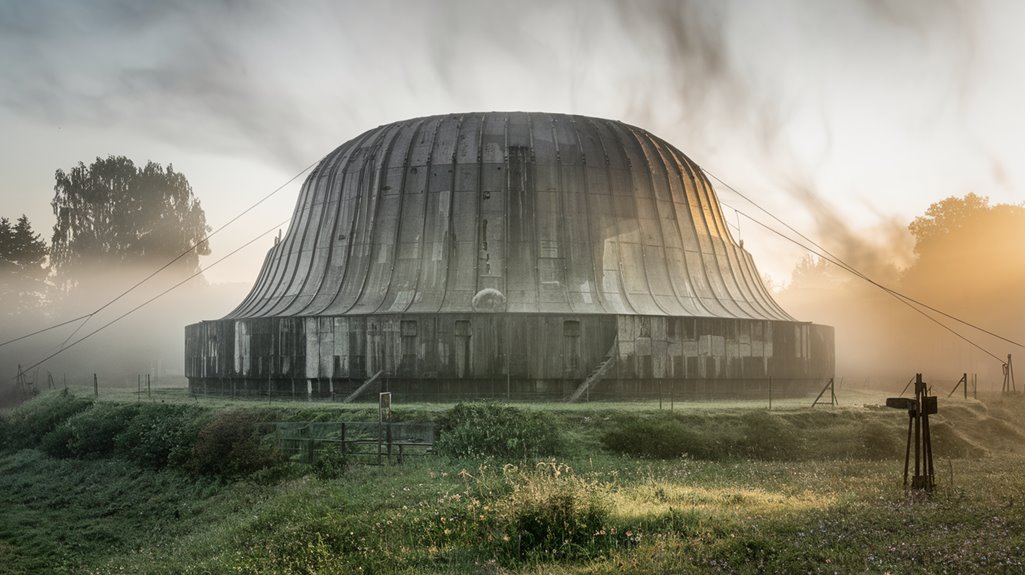
Perched atop Saint Peter's Hill, Fort Eben-Emael stood as Belgium's crown jewel of military engineering in the 1930s.
This colossal fortification architecture, built at a staggering cost of 50 million Belgian francs, featured three underground levels and five kilometers of interconnected galleries. The fort was powered by 640 kilowatt engines that supplied electricity to the entire complex.
You'll find the fortress's strategic location was carefully chosen – its position on the west bank of the Albert Canal allowed it to monitor potential aggressors from miles away. The fortress sat just fifteen miles away from the German border, making it a crucial defensive position.
The pentagon-shaped complex boasted impressive defenses against both armor and chemical warfare, with specialized ventilation filters and massive gun casemates built into the canal walls.
As part of a chain of 12 formidable Belgian fortresses, Eben-Emael's design incorporated natural obstacles and cutting-edge defensive features that made it appear virtually impregnable.
Hitler's Secret Weapon: the Plan to Strike From Above
A daring plan emerged from Hitler's high command in early 1940 – one that would shatter the myth of Eben-Emael's invincibility.
Under General Kurt Student's direction, a revolutionary strategy took shape that would combine surprise tactics with airborne innovation. You'd never guess that silent gliders, rather than noisy aircraft, would become the key to infiltrating the supposedly impenetrable fortress. The German DFS 230 gliders were perfect for the mission, as they could carry both troops and cargo efficiently. The fort's strategic location at three country borders made it a crucial target for German forces.
The plan called for 80 elite paratroopers to land directly on the fort's roof, using specialized hollow charges to breach its defenses.
For months, these specially trained troops practiced their glider landings and assault techniques while German intelligence gathered important details from contractors who'd helped build the fort.
It was a meticulous preparation for what would become the world's first gliderborne attack.
Dawn of May 10th: The 20-Minute Combat That Changed History
The meticulous planning would face its ultimate test in the pre-dawn hours of May 10, 1940.
At 4:30 AM, 42 gliders carrying nearly 500 elite troops lifted off from Cologne, guided only by signal fires in the darkness. Their dawn tactics relied entirely on the element of silence.
You'd have witnessed a masterpiece of surprise assault as the gliders landed directly on Fort Eben-Emael's steel cupolas at 5:30 AM.
Despite two gliders experiencing technical difficulties, the operation proceeded with lethal efficiency. Armed with explosives and flamethrowers, the Fallschirmjäger quickly disabled the fortress's outer defenses, killing or containing Belgian defenders in the lower sections.
The fortress's five-foot thick concrete proved ineffective against the specialized German assault tactics.
The attackers maintained crisp paragraphs in their assault formations, ensuring clear tactical communication throughout the operation.
While anti-aircraft artillery detected the approaching gliders, it was too late – the fortress had fallen into German hands by afternoon, opening a critical path into Belgium.
Hollow Charges and Gliders: Revolutionary Warfare at Work
Military innovation converged in two groundbreaking technologies that sealed Fort Eben-Emael's fate: hollow explosive charges and silent gliders.
Though the hollow charges didn't fully meet expectations, they proved effective when used conventionally, helping neutralize gun emplacements and cupolas within minutes.
You'll find the glider tactics particularly fascinating – nine aircraft landed precisely on the fort's roof using arrester-parachutes, delivering troops directly to their objectives. The assault team had perfected their approach through extensive practice on a fort replica in Czechoslovakia. The operation was led by the elite Sturmabteilung Koch, a specially trained airborne unit.
After months of training, these soldiers executed their mission with remarkable efficiency. Each team knew their targets, and despite needing multiple attempts on larger objectives like twin turrets, they maintained their momentum.
The combination of these technologies allowed German forces to achieve what seemed impossible: capturing a fortress that many considered impregnable in just 20 minutes.
The Human Cost: Tales From Both Sides of the Battle
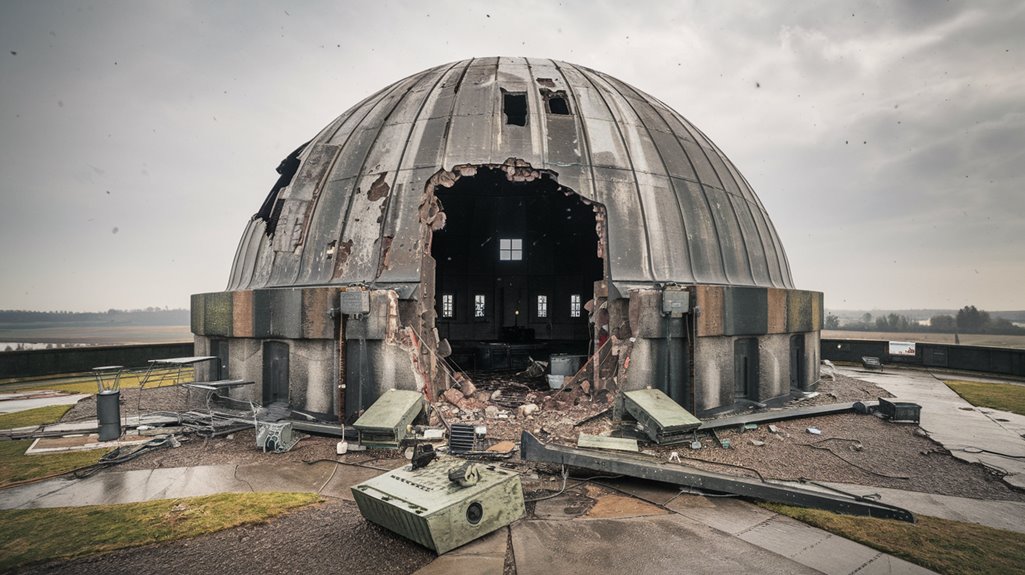
Behind the remarkable technological achievement lay a sobering human toll.
Just as social media changed communication, the stunning speed of this assault transformed military tactics forever.
Public discourse following the battle helped shape understanding of modern warfare, much like how open discussions among academics today refine military theory.
You'll find personal stories of loss on both sides: 6 German paratroopers fell during the initial assault, with their total casualties reaching 37 dead and 100 wounded. The Belgians suffered 23 killed and 59 wounded, while 780 of their troops surrendered.
The shared experiences of those who fought reveal the brutal reality inside the fortress.
Belgian defenders struggled with chlorine gas and debris, while German paratroopers faced fierce resistance despite their superior training.
 ten transport gliders landed silently at dawn, demonstrating unprecedented stealth capabilities. You'll find its influence in today's special operations, where small, highly trained teams use cutting-edge technology to achieve outsized results.
ten transport gliders landed silently at dawn, demonstrating unprecedented stealth capabilities. You'll find its influence in today's special operations, where small, highly trained teams use cutting-edge technology to achieve outsized results.
The operation's success forced military strategists to rethink static defenses and embrace mobile warfare concepts. Fort Eben-Emael's legacy lives on in military academies worldwide, where students study how a mere 20 minutes of combat changed warfare forever, proving that innovation and surprise could trump traditional military power.

